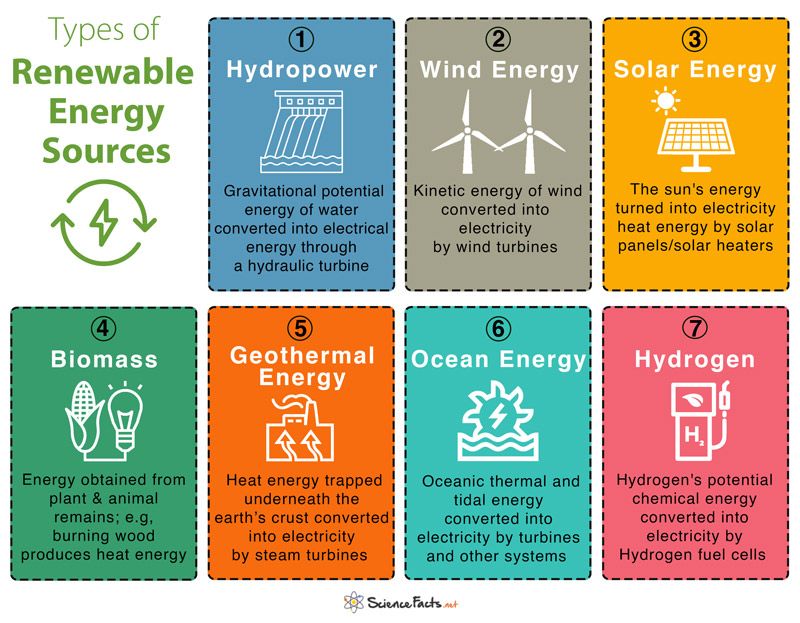In today’s world, the importance of renewable energy sources cannot be overstated. With the increasing threat of climate change and the depletion of fossil fuels, it has become imperative to explore alternative energy sources that are sustainable and environmentally friendly. Renewable energy sources, such as solar, wind, and hydroelectric power, offer a promising solution to our energy needs without contributing to greenhouse gas emissions.
Solar Energy
Solar energy is perhaps the most popular and widely used renewable energy source. By harnessing the power of the sun through solar panels, we can generate electricity for our homes and businesses. Solar energy is clean, abundant, and inexhaustible. It is also becoming more affordable as technology advances, making it a viable option for many consumers.
Wind Energy
Wind energy is another important renewable energy source that is gaining traction around the world. By capturing the power of the wind with wind turbines, we can generate electricity without producing harmful emissions. Wind energy is also cost-effective and can be deployed in a variety of settings, both onshore and offshore. It is a reliable source of energy that can help reduce our reliance on fossil fuels.
Hydroelectric Power
Hydroelectric power, generated from flowing water in rivers and dams, is another key renewable energy source. It is a clean and efficient way to produce electricity, with minimal environmental impact. Hydroelectric power plants can provide a steady supply of energy, making them a reliable option for meeting our energy needs. However, there are concerns about the impact of dams on local ecosystems and wildlife habitats.
Comparing the Pros and Cons
When comparing these renewable energy sources, it is important to consider their respective advantages and disadvantages. Solar energy, while clean and abundant, is dependent on sunlight and can be intermittent. Wind energy is also clean and cost-effective, but can be noisy and have visual impacts. Hydroelectric power is reliable and efficient, but can disrupt river ecosystems and fish populations.
Conclusion
In conclusion, each renewable energy source has its own unique benefits and challenges. Solar energy, wind energy, and hydroelectric power all have the potential to play a significant role in our transition to a more sustainable energy future. By embracing a mix of these renewable energy sources, we can reduce our carbon footprint and protect our planet for future generations.

